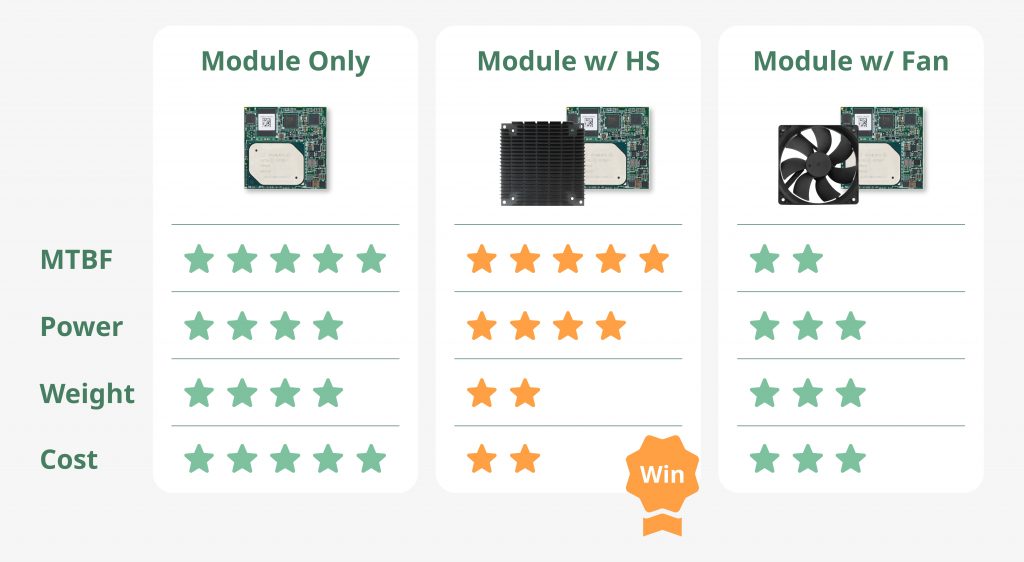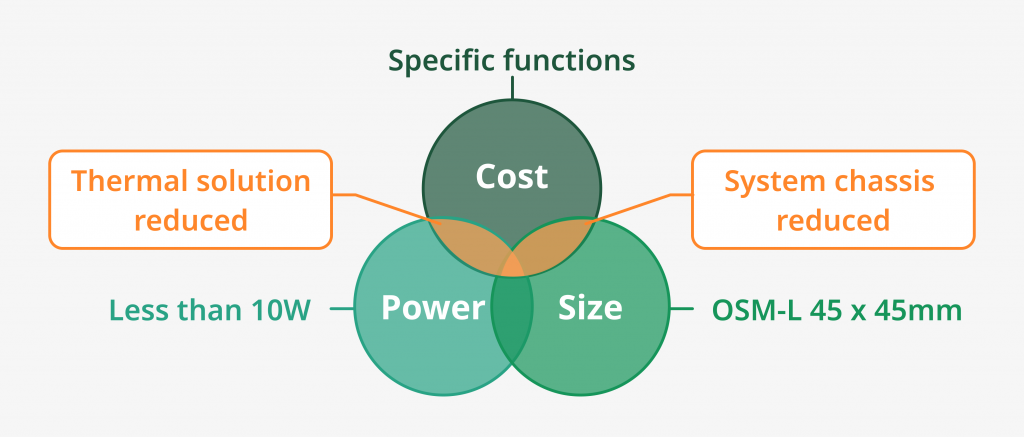

With the evolution of ICT technology, the application of industrial computers has shifted from traditional monitoring to intelligent operation. Industrial control systems now collect and analyze data to make real-time intelligent judgments, enabling the operation of smart factories. To achieve this, integrating Soft-PLC with the appropriate hardware platform is the best option. With the support of new chip processes, both ARM-based RISC and X86-based CISC can effectively carry out tasks in smart factory operation.

However, what matters the most in applications is not ICT technology, but field and safety regulations. Therefore, when selecting industrial control systems, the following key points should be taken into account.
CISC typically has higher power consumption due to its design structure, making heat dissipation a requirement for stability. The current industry trend is to replace fans with large heat sinks to improve the system’s MTBF, but this design may raise concerns about weight and cost. Therefore, optimizing heat issues through software and using lightweight embedded controllers have always been the direction of system design.

The main goal of edge computing is for each component to perform its own function, and to optimize the edge devices using the most stable industrial control system available. This approach reduces the workload on the main system and ensures smooth completion of tasks. Therefore, stability is the most critical factor to consider when selecting a unit for control or receiving messages. To achieve stable performance, the system’s characteristics must have limitations. Power consumption constraints, trade-offs between functionality and efficiency are all related determining factors.
The heat dissipation capability of embedded systems must be designed with limitations.
Based on the requirements of the field application, the heat dissipation capability should be balanced with cost, size, and computing power to achieve the goal of being FIT (Functional, Inexpensive, and Timely). A well-designed system should aim to provide a “less is more, fit is enough” product by using system design thinking to satisfy customers and make them succeed.


Miniaturization is a characteristic of the IC era. If heat dissipation issues can be managed and system functionality requirements can be limited as appropriate, then the system design should be as small as possible to enable installation in any field and achieve the appeal of being “truly embedded.”

Copyright© MiTwell, Inc. All rights reserved.